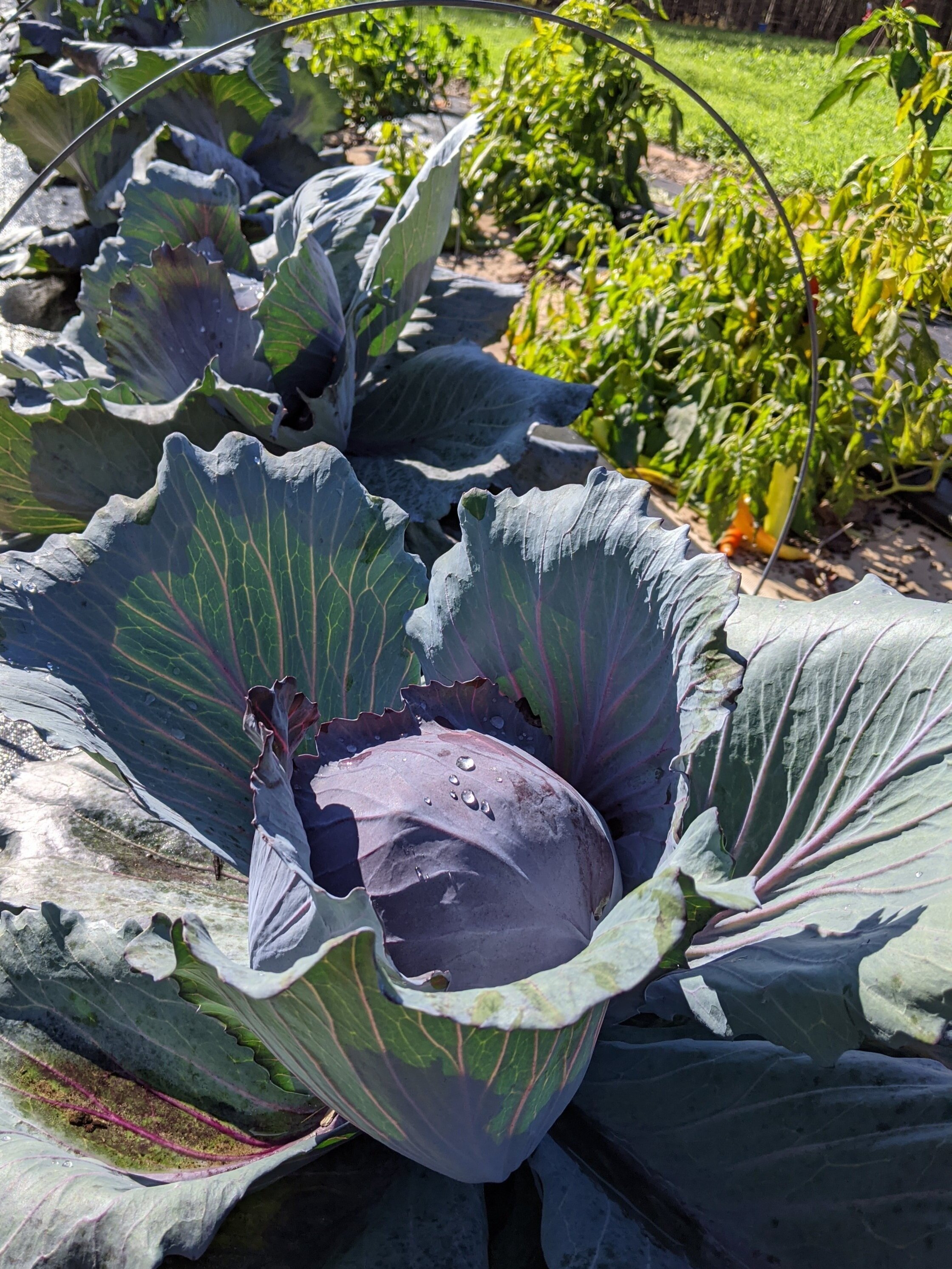DISCLOSURE: THIS POST MAY CONTAIN AFFILIATE LINKS, WHICH MEANS I MAY EARN A COMMISSION IF YOU CLICK A LINK AND MAKE A PURCHASE. FEEL FREE TO CHECK OUT MY DISCLOSURE POLICY FOR MORE DETAILS.
Truth #1: Whether we like it or not, because we eat food, we are a part of the agricultural system. Every time we purchase food, we are demonstrating our approval of the farming practices that were used to grow it. It’s a heavy responsibility, but it’s imperative that we all recognize our influence.
Truth #2: Humans have irrefutably done too much damage to our planet, and it’s about dang time somebody (or, better yet, a whole bunch of somebodies) steps up and does something about it. We need to reverse the damage we’ve done. This isn’t just some hippie pipe dream; it’s reality. Here are a few facts from folks who know things:
“If current rates of degradation continue all of the world's top soil could be gone within 60 years.” (Read this article if you have a few minutes.) (Or watch this movie if you have a few hours.)
Mainstream farming practices have placed agriculture as one of the top five sources of greenhouse gases. (Fact check me here.)
“In recent decades, contact with soil has largely been reduced, which together with a modern lifestyle and nutrition has led to the depletion of the gut microbiome with adverse effects to human health.” (Read more about the direct connection between soil health and human gut health here.) (If you're into it, also check out this podcast to learn more about the connection between human health and the environment.)
Truth #3: The status quo isn’t working. If we lose something faster than we gain it, the argument could be made that sustainable agriculture isn’t enough. We’re proud Americans here at Fail Better Farms, and we figure if we can put a man on the moon, then we can live gently on our home planet without compromising its well-being--or, by extension, our own.
Let’s Talk Solutions
Our current situation is not ideal, but neither is it without hope. Enter: regenerative agriculture.
“‘Regenerative Agriculture’ describes farming and grazing practices that, among other benefits, reverse climate change by rebuilding soil organic matter and restoring degraded soil biodiversity – resulting in both carbon drawdown and improving the water cycle.”
We are by no means experts on regenerative agriculture, but we’re working to learn all we can so we can be part of the regenerative movement. We hope you’ll join us on this journey.








